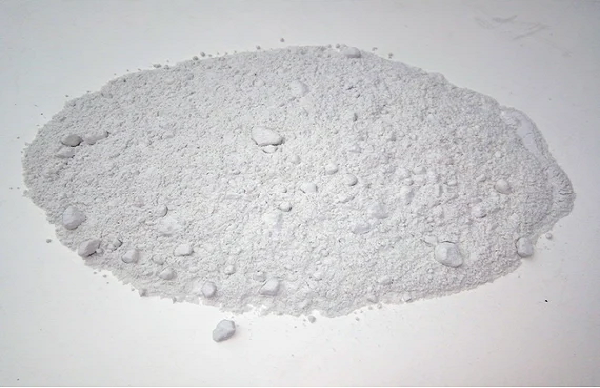Surface modification (activation) of talc and its application in plastics and coatings

Talc is a hydrated silicate with a chemical formula of 3MgO·4SiO2·H2O. Its crystal shape can be flake, leaf, needle and block.
The structure of pure talc consists of a layer of brucite (magnesium hydroxide, MgO·H2O) sandwiched between two layers of silica, with the layers stacked on top of each other and adjacent talc layers bonded by weak van der Waals forces. When shearing is applied to it, the layers can easily slide against each other.
Talc is inert to most chemical reagents, does not decompose when in contact with acid, is a poor conductor of electricity, has low thermal conductivity and high thermal shock resistance, and does not decompose when heated to 900°C.
These excellent properties of talc make it a good filler and are widely used in the fields of plastics and coatings, but the hydrophilic surface of talc limits its application in some hydrophobic fields. In order to further improve its performance and expand its application areas, surface modification is necessary.
1. Surface modification methods and commonly used modifiers for talc
(1) Commonly used surface modifiers for talc
In order to make talc better bonded with polymers, there are two main types of modifiers currently used for modification:
Coupling agents: mainly titanates, aluminates, silanes and stearic acids. Titanates are more commonly used. Their molecular structure is R´-O-Ti-(O-X-R-Y)n, where R´O- can react with the chemical structure of the filler surface, R is a long-chain entangled group with a fat or aromatic structure, which can improve the compatibility between the polymer and the filler, and Y is an active reactive group that can crosslink or bond in the polymer filling system.
Surfactants: mainly sodium dodecylbenzene sulfonate, sodium dodecyl sulfonate, dodecyltrimethylammonium bromide, dodecyltrimethylammonium chloride, sodium olefin sulfonate, etc., which have the same effect as coupling agents in improving the compatibility between polymers and fillers, but their mechanism of binding to the filler surface is different from that of coupling agents.
(2) Surface modification methods of talcum powder
Surface coating modification: Covering the surface of the particles with surfactants to give the particles new properties is a common method nowadays.
Mechanochemical method: A modification method that uses crushing, friction and other methods to enhance surface activity. This method is to crush and rub relatively large particles to make them smaller.
External film modification: A method of uniformly coating a layer of polymer on the surface of the particles to change the surface properties of the particles. For talcum powder, it can be first crushed and activated, then adsorbed with surfactants under certain conditions, and then adsorbed with monomers through surfactants, and finally the monomers undergo polymerization to achieve the effect of surface coating.
Local active modification: Use chemical reactions to form different functional groups on the surface of particles to achieve the purpose of surface modification.
High-energy surface modification: Use high-energy discharge, ultraviolet rays, plasma rays, etc. to modify the surface of particles. This method uses the huge energy generated by high-energy discharge, ultraviolet rays, plasma rays, etc. to modify the surface of particles, making their surfaces active. Improve the compatibility of particles and polymers.
Precipitation reaction modification: modification using precipitation reaction. This method uses the precipitation effect to coat the surface of particles to achieve the modification effect.
2. Application of talcum powder in the field of plastics
Talc powder fills plastics to improve the rigidity, dimensional stability, and lubricity of products, prevent high-temperature creep, reduce wear on molding machinery, and make the polymer improve hardness and creep resistance through filling while the impact strength remains basically unchanged. If handled properly, it can improve the heat shock resistance of polymers, improve the molding shrinkage of plastics, the bending elastic modulus and tensile yield strength of products.
Application in PP materials: This application is the most widely studied and most widely used. It is now widely used in automotive parts, such as automotive bumpers, engine peripheral parts, air conditioning parts, dashboards, headlights, chassis, pedals and other parts.
Application in automobiles: PP materials have a wide range of sources, low density, and can be modified to improve their physical and chemical properties. It can reduce costs, reduce weight, and reduce fuel consumption without reducing mechanical properties. For example, the automotive cooling fan injected with PP materials filled with talcum powder is not only light in weight and low in noise, but also improves cooling efficiency.
